Nutrients and Water Quality in Aquatic Ecosystems
1/27
There's no tags or description
Looks like no tags are added yet.
Name | Mastery | Learn | Test | Matching | Spaced |
|---|
No study sessions yet.
28 Terms
Ammonia Partitioning
Distribution of ammonia in aquatic systems.
Nitrogen Contamination
Excess nitrogen affecting water quality.
Phosphate Concentrations
Levels of phosphate in aquatic environments.
Chlorophyll α
Indicator of phytoplankton biomass.
Thermocline
Layer in water where temperature changes rapidly.
Photic Zone
Depth where light penetrates for photosynthesis.
Oxygen Sources
Oxygen from atmosphere and photosynthesis.
Oxygen Sinks
Oxygen consumed by respiration of organisms.
Dead Zones
Areas with low oxygen, harming aquatic life.
Nitrate Management
Strategies to control nitrate levels in water.
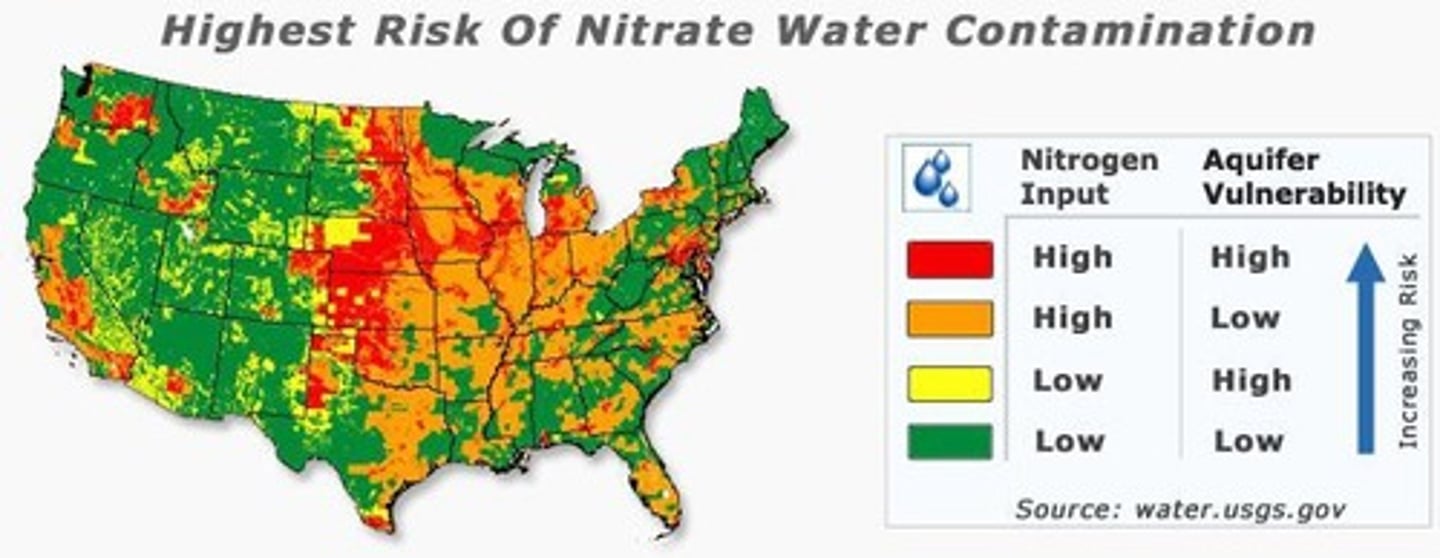
Reverse Osmosis
Water purification method using pressure through a membrane.
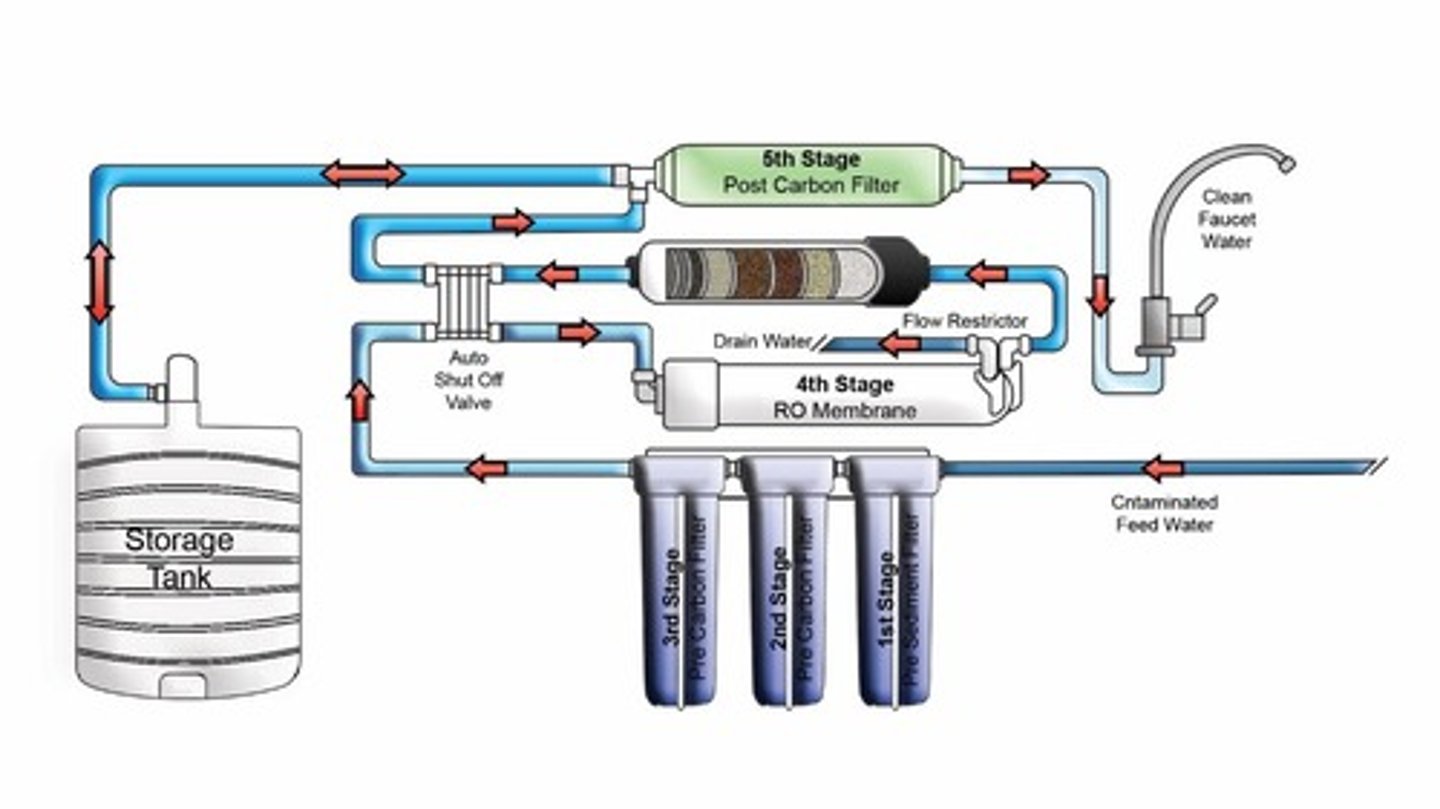
Ion Exchange
Process of exchanging ions between solutions and solids.
Ammonia Toxicity
Direct toxic effects of ammonia on aquatic organisms.
Total Ammonia Nitrogen (TAN)
Sum of ammonia and ammonium in water.
Ambient Water Quality Criteria (AWQC)
Standards for acceptable water quality levels.
Nitrate (NO3-)
Naturally occurring nutrient, low concentration in water.
Nitrite (NO2-)
Contaminant from pollution, harmful to health.
Blue Baby Syndrome
Condition caused by nitrite affecting hemoglobin.
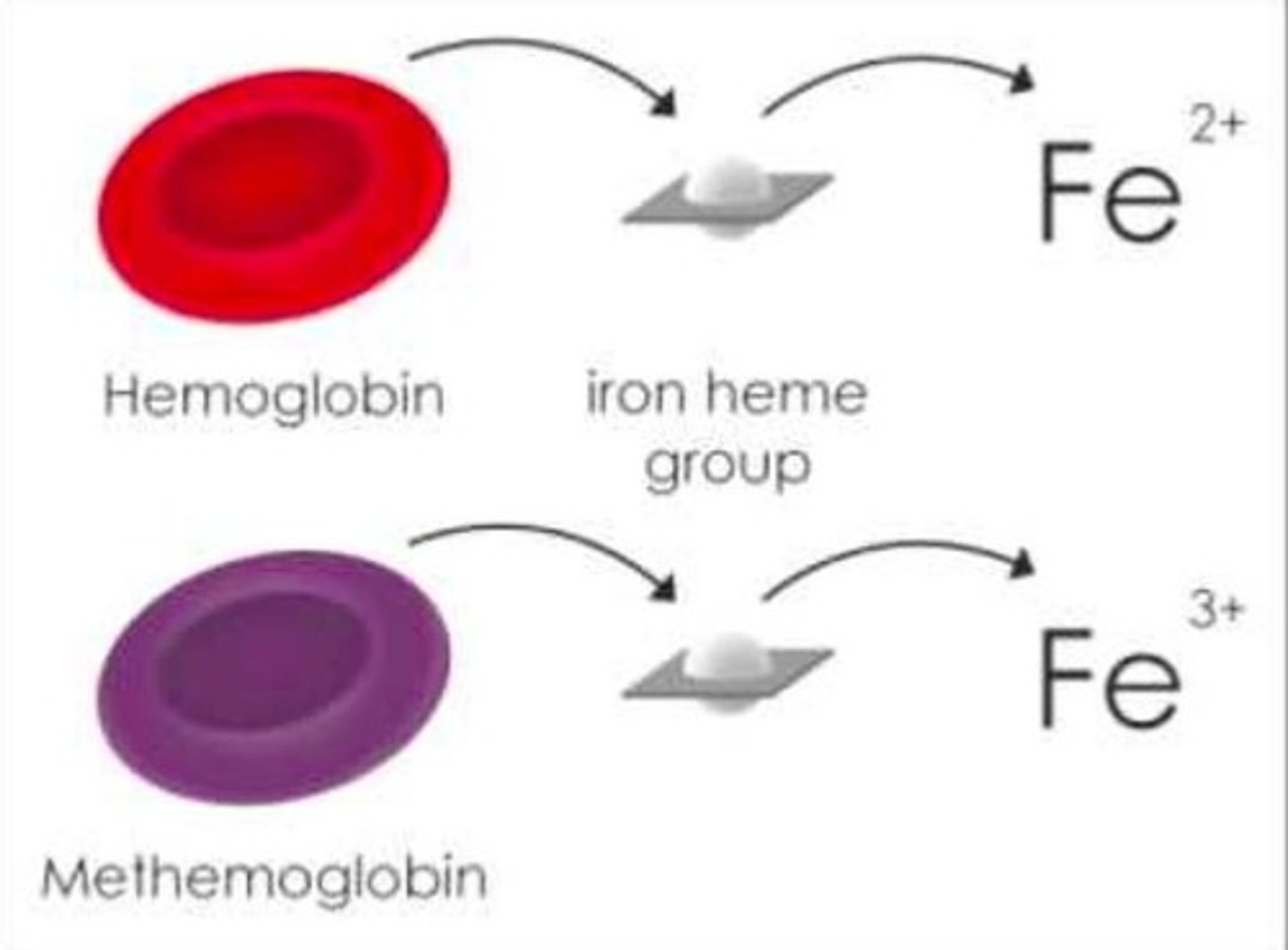
Nutrient (Redfield Ratio)
Optimal nutrient ratios for marine productivity.
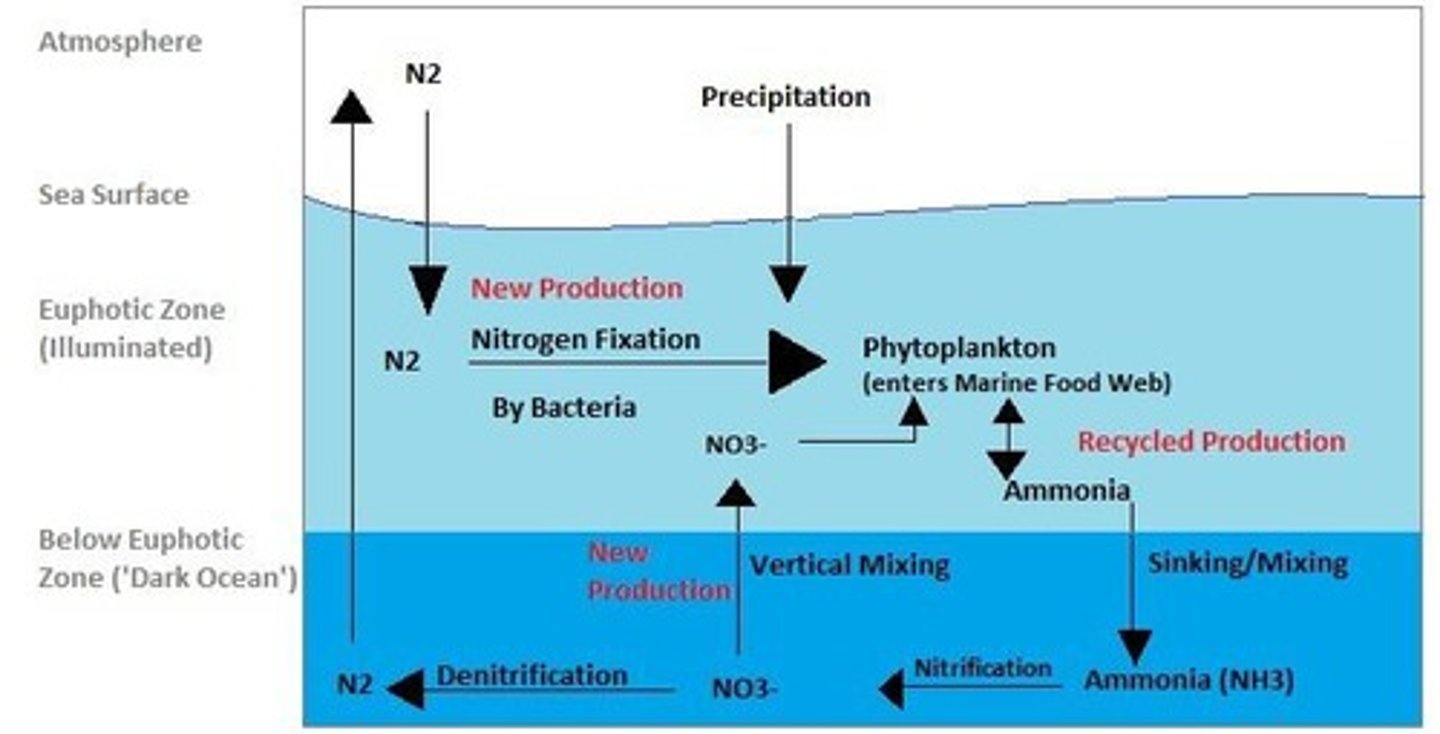
Colorimetry
Technique for measuring concentration via light absorption.
Molar Extinction Coefficient
Measure of how strongly a substance absorbs light.
Photosynthesis
Process converting light energy into chemical energy.
Zooplankton
Microscopic organisms feeding on phytoplankton.
Phosphorus Cycle
Movement of phosphorus through ecosystems.

Phosphate Sources
Origins of phosphates in aquatic systems.
Nutrient-Use Efficiency (NUE)
Ratio of nitrogen used in crops to applied.
Fluorometric Method
Technique using fluorescence to measure chlorophyll.
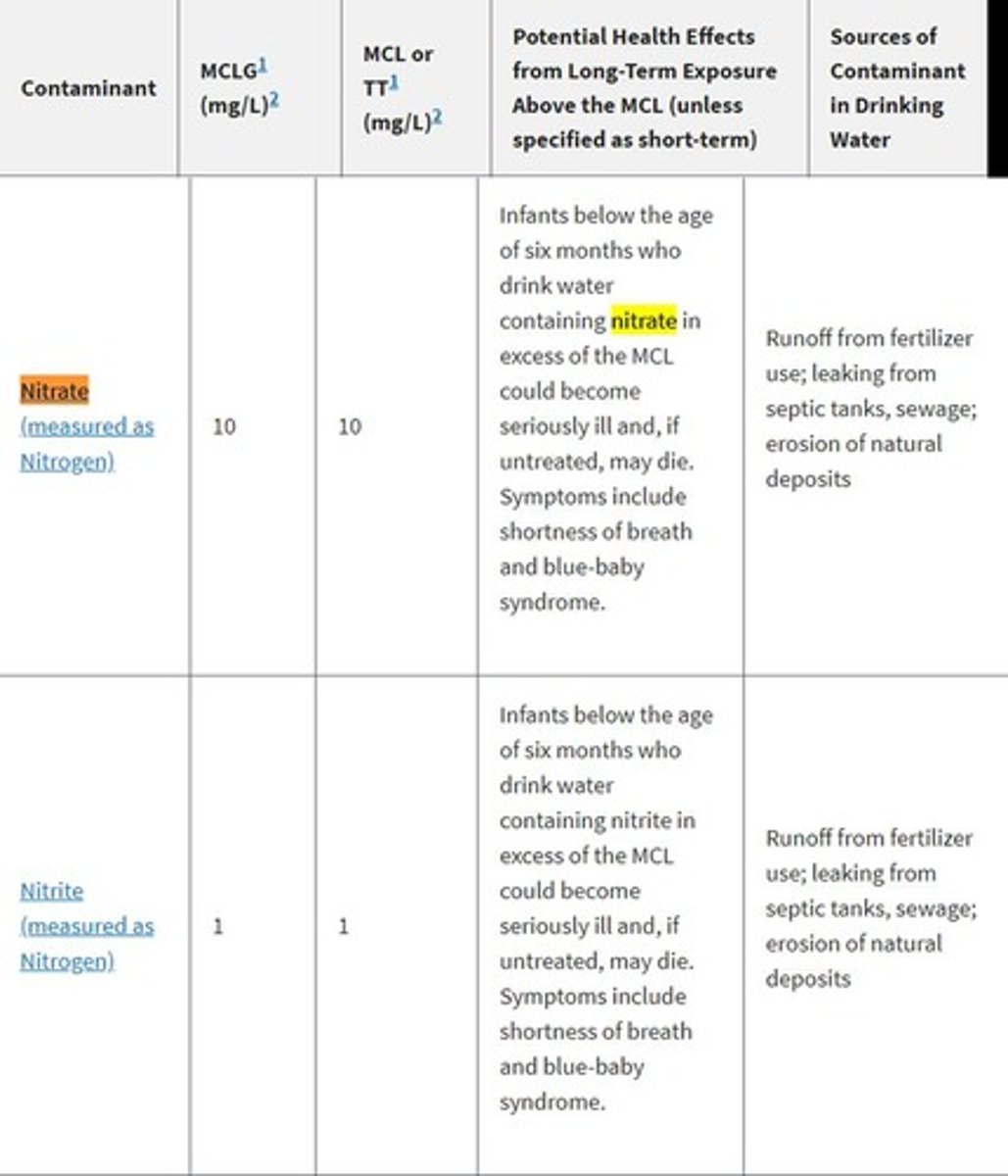
Satellite Data
Remote sensing for large-scale environmental monitoring.